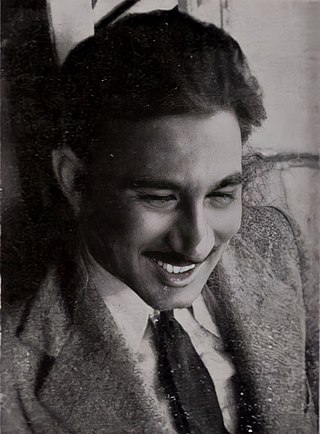
Khwaja Ahmad Abbas was an Indian film director, screenwriter, novelist, and journalist in Urdu, Hindi and English.

Henri Langlois was a French film archivist and cinephile. A pioneer of film preservation, Langlois was an influential figure in the history of cinema. His film screenings in Paris in the 1950s are often credited with providing the ideas that led to the development of the auteur theory.

Anand Patwardhan is an Indian documentary filmmaker known for his socio-political, human rights-oriented films. Some of his films explore the rise of religious fundamentalism, sectarianism and casteism in India, while others investigate nuclear nationalism and unsustainable development. Notable films include Bombay: Our City (1985), In Memory of Friends (1990), In the Name of God (1992), Father, Son, and Holy War (1995), A Narmada Diary (1995), War and Peace (2002) and Jai Bhim Comrade (2011), and Reason (2018) which have won national and international awards.
Colin Pal was a Hindi film actor, technician, journalist, and publicist for 175 Hindi films. He is the son of producer Niranjan Pal and the grandson of Indian independence movement activist Bipin Chandra Pal. Pal was born in London to an English mother, Lily Bell, and spent his early years in Wembley, before moving to Bombay in 1929.

Calcutta Film Society was India’s second film society in the city of Kolkata, West Bengal, India. It was founded in 1947, just after independence, by Satyajit Ray, Chidananda Dasgupta, RP Gupta, Bansi Chandragupta, Harisadhan Dasgupta and others. The 1925 silent film directed by Sergei Eisenstein, The Battleship Potemkin was the first film screened at the film society, which over the years developed the reputation of having the "most cine-literate audiences in the country". It was revived in 1956 with the efforts of stalwarts like Dasgupta, Vijaya Mulay, Diptendu Pramanick and Satyajit Ray.
Sanjit Narwekar is an Indian documentary filmmaker scriptwriter and author. A 1967 alumni of Bombay Scottish High School, Mumbai, he completed his Bachelor's in Statistics (1974) and his Master's in Economics (1976) from the University of Mumbai.
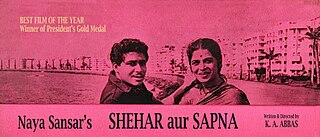
Shehar Aur Sapna is a 1963 Hindi film directed by Khwaja Ahmad Abbas, about a young couple searching in vain for a home of their own in a metropolis, amidst the backdrop of rapidly developing city, and the many who flocked to it in hope of a better life. It won the 1964 National Film Award for Best Feature Film and was nominated for Filmfare Award for Best Film.

Aribam Syam Sharma is an Indian filmmaker and composer from Manipur. He debuted in the first Manipuri film Matamgi Manipur as an actor. In 1974, he directed his first movie Lamja Parshuram. It became the first Manipuri film to run for 100 days in the box office. His 1979 film Olangthagee Wangmadasoo was the first ever and the only Manipuri film to run for 32 weeks. It also broke the local box office records of Sholay.
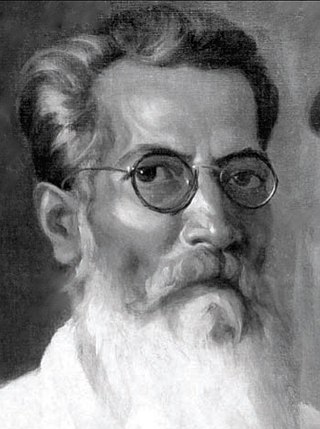
Baburao Krishnarao Mestry, popularly known as Baburao Painter was an Indian filmmaker and artist. He was a man of many talents with proficiency in painting, sculpture, film production, photography, and mechanical engineering.
Federation of Film Societies of India (FFSI) is the umbrella body of film-screening societies in India. FFSI is currently a member of the International Federation of Film Society that has its Central Office in Paris. The international organisation is an associate member of UNESCO.

Sandhya Shantaram is an Indian actress. She is best known for her appearances in various Hindi and Marathi films directed by her husband V. Shantaram, in 1950s-1960s, most notably Jhanak Jhanak Payal Baaje (1955), Do Aankhen Barah Haath (1958), Navrang (1959), Marathi film Pinjra (1972) and Amar Bhoopali (1951).

Zindagi is a 1940 Indian film, directed by Pramathesh Barua and produced by Birendranath Sircar. Starring K. L. Saigal, Jamuna Barua, Pahari Sanyal, Shyam Laha, Sitara Devi, and Nemo, it revolves around Ratan, an unemployed university graduate, and his relationship with Shrimati, who is on the run from her cruel husband.
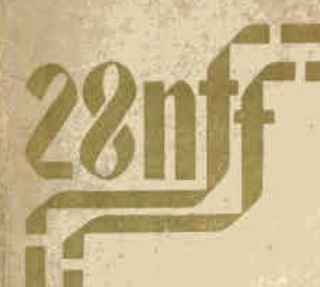
The 28th National Film Awards, presented by Directorate of Film Festivals, the organisation set up by Ministry of Information and Broadcasting, India to felicitate the best of Indian Cinema released in the year 1980. Ceremony took place in April 1981.
The Films Division of India (FDI), commonly referred as Films Division, was established in 1948 following the independence of India. It was the first state film production and distribution unit, under the Ministry of Information and Broadcasting, Government of India, with its main intent being to "produce documentaries and news magazines for publicity of Government programmes" and the cinematic record of Indian history.

This article contains a list of books about Hindi film director and actor Raj Kapoor.
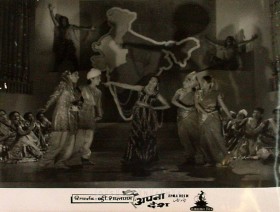
Apna Desh is a 1949 Hindi social drama film set against the backdrop of Partition and directed by V. Shantaram for his Rajkamal Kalamandir banner.

Surang is a 1953 film directed by V. Shantaram for his Rajkamal Kalamandir banner. The story and dialogue were by Vinod Kumar with music by Shivram Krishna and lyrics by Shewan Rizwi. The actor Chandrashekhar came into prominence with his role of a miner in the film. The rest of cast included Shashikala, Sheila Ramani, Vinod Kumar, Ulhas and Vikas.
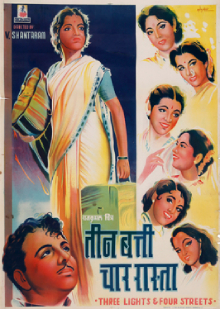
Teen Batti Char Raasta is a 1953 Hindi-language comedy drama film on national integration directed by V. Shantaram. The film was made under the Rajkamal Kalamandir banner and produced by Shantaram. The story and dialogue were by Diwan Sharar while the cinematography was by G. Balkrishna. With music composed by Shivram Krishna, it had lyrics by Pyare Lal Santoshi. The star cast included Karan Dewan, Sandhya, Shashikala, Nirupa Roy, Sheila Ramani, Dewan Sharar and Lalita Kumari.

Mukhram Sharma was an Indian film lyricist, script, and story writer. He is best known for winning the first Filmfare Award in the Best Story category in 1955 for the film Aulad. His notable works as story writer include Vachan (1955), Sadhna (1958), Talaq (1958) and Dhool Ka Phool (1959). He also produced films like Talaq (1958), Santaan, and Diwana (1967).














